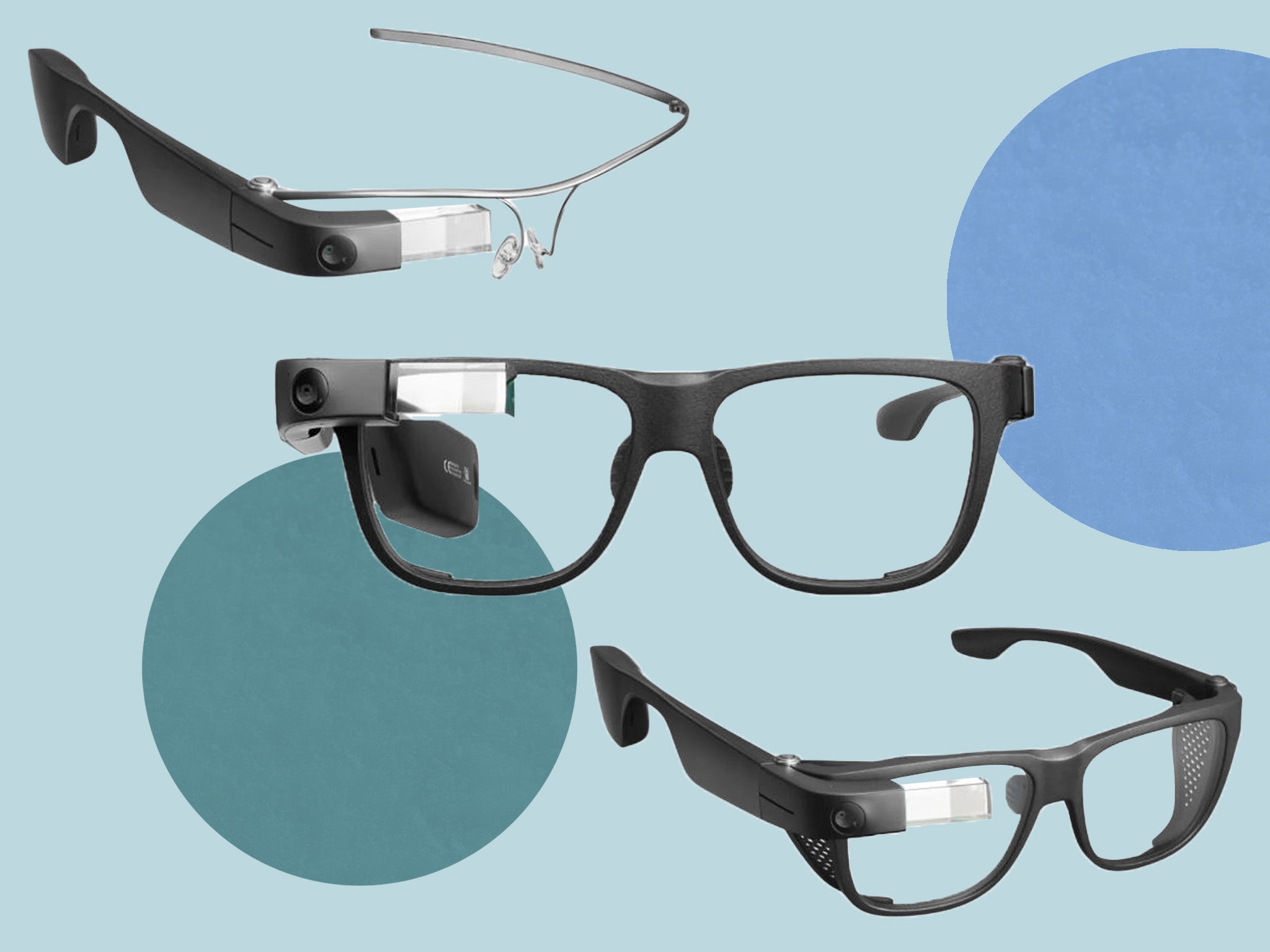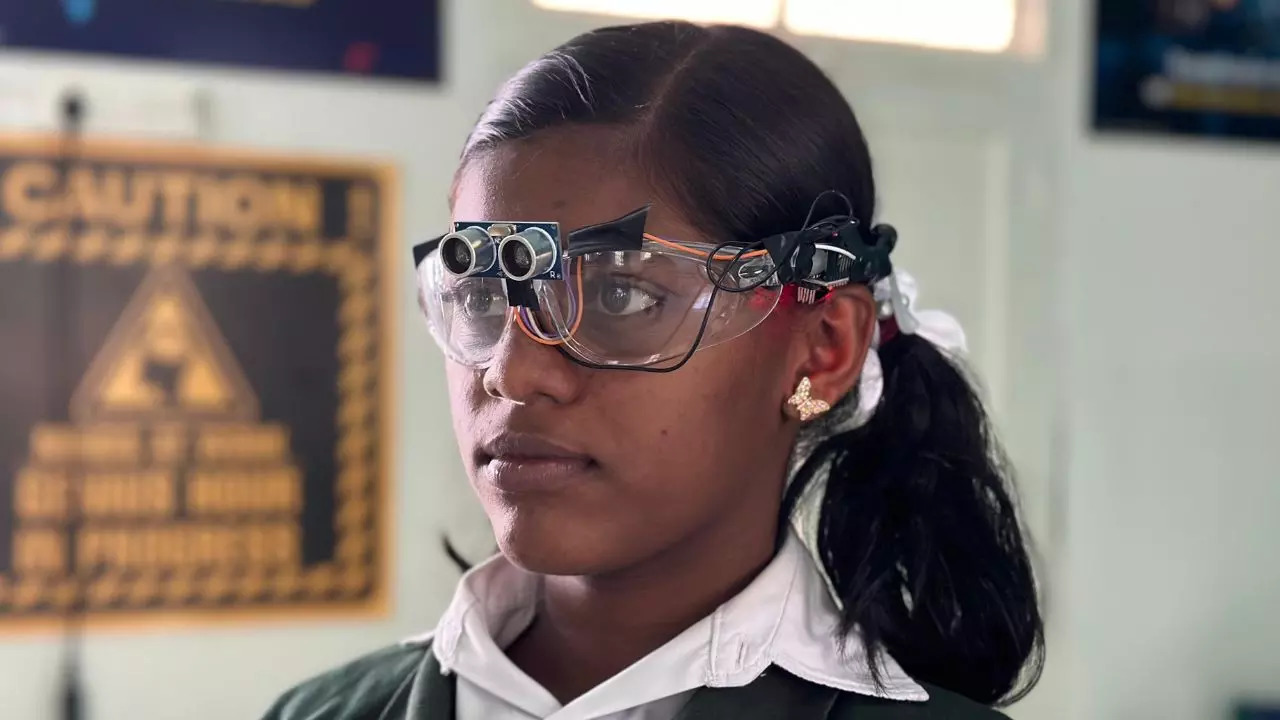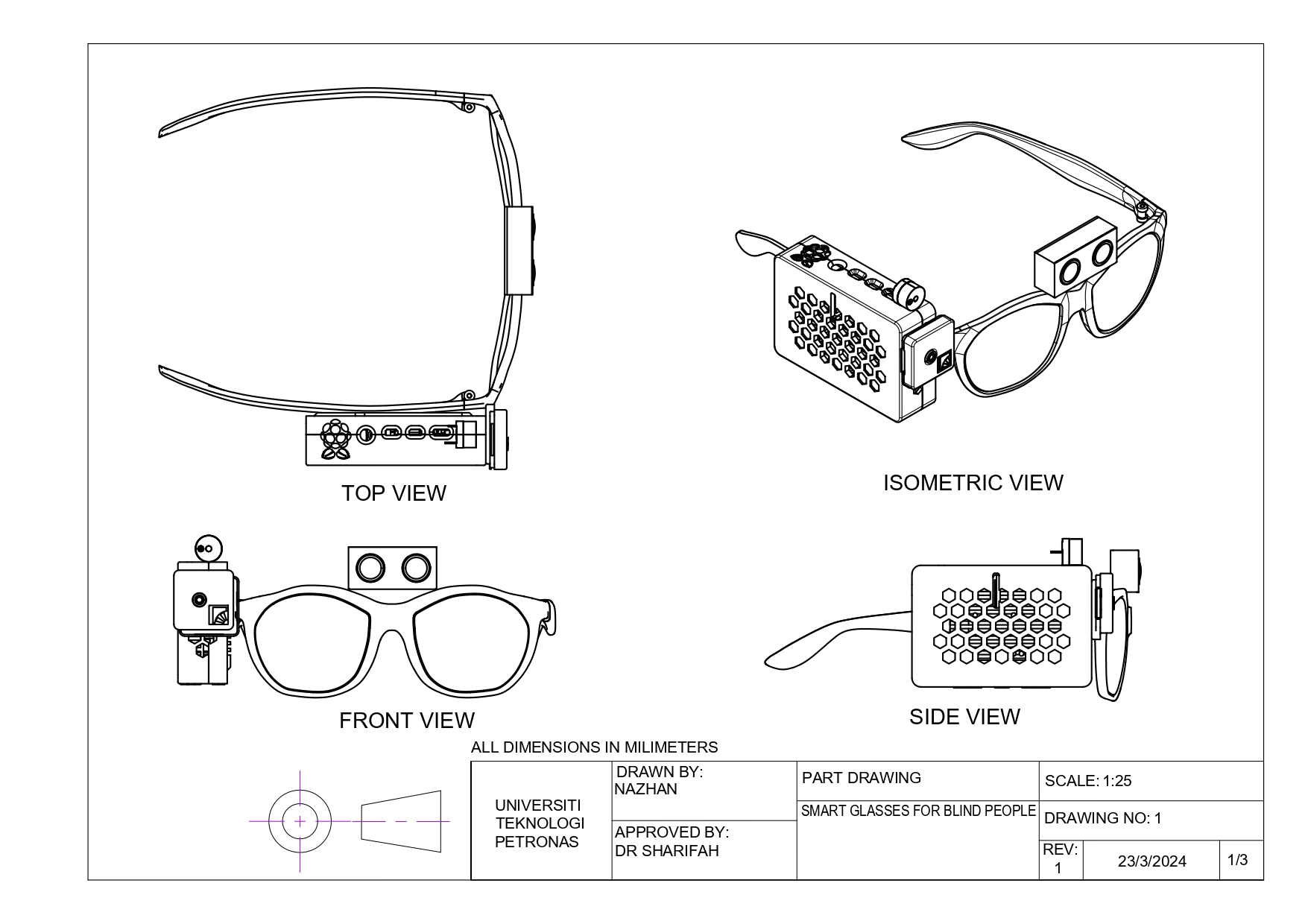Enhancing Access Via Assistive Technology for the Blind
The combination of assistive technology for the blind stands for a critical improvement in ease of access, essentially changing just how individuals navigate their environments and engage with society. From display readers to cutting-edge smart walking canes, these devices not just improve independence however also promote inclusivity in numerous spheres of life. As we discover the varied sorts of assistive devices and their substantial effects on day-to-day living, it becomes necessary to analyze exactly how recurring technical advancements are reshaping the landscape of assistance for the blind community. What ramifications do these advancements hold for the future of accessibility?
Review of Assistive Technology
Assistive modern technology refers to a variety of tools and software application designed to enhance the abilities of individuals with handicaps, consisting of those that are aesthetically damaged or blind. This innovation plays a vital duty in advertising self-reliance and enhancing the lifestyle for users. By giving alternative approaches for accessing details and carrying out daily tasks, assistive technology encourages individuals to navigate their atmospheres a lot more efficiently.
The growth and implementation of assistive innovation embrace a range of concepts aimed at promoting accessibility. These principles consist of user-centered design, which prioritizes the requirements and choices of the person, and the integration of innovation right into daily tasks. Such advancements make sure that assistive tools are not only practical yet likewise intuitive and simple to utilize.
Moreover, assistive technology includes a diverse spectrum of remedies, from low-tech alternatives like magnifiers to high-tech technologies such as display readers and Braille display screens. The continuous evolution of this area is driven by the demand to address the distinct obstacles encountered by individuals with aesthetic disabilities (Wearable technology for low vision). As technology continues to advance, the capacity for boosting access and promoting inclusivity stays encouraging, inevitably adding to an extra fair society

Sorts Of Assistive Devices
Many types of assistive devices are available to sustain individuals who are visually damaged or blind, each created to deal with particular demands and obstacles. These devices can be generally classified right into 3 major types: low-tech, mid-tech, and state-of-the-art services.
Low-tech tools include items such as magnifiers, Braille labels, and tactile maps. These are fairly basic tools that enhance the user's capability to communicate with their environment without needing complex technology.
Mid-tech tools usually entail advanced functions, such as digital magnifiers and portable Braille note-takers. These tools can offer performances like speech result, allowing customers to accessibility details a lot more efficiently.

Effect on Daily Living
The accessibility of various assistive devices considerably boosts the quality of life for people who are aesthetically damaged or blind, affecting their daily living in extensive methods. By integrating technologies such as screen readers, Braille shows, and audio description solutions right into their regimens, individuals get higher freedom and independence. These tools help with access to info, making it possible for individuals to perform daily jobs, such as reading emails, navigating public rooms, and enjoying media web content.
Moreover, assistive gadgets encourage individuals to involve more fully in social interactions and community activities. The capacity to use smartphones outfitted with ease of access functions allows for seamless interaction and connection with others. This connection cultivates a feeling of belonging and minimizes sensations of isolation.
In professional setups, assistive technology supports productivity by allowing people to full work jobs efficiently. Devices like voice acknowledgment software application and specialized magnification gadgets allow users to join the workforce on equivalent footing with their sighted peers.

Developments in Innovation
Current technological developments have considerably changed the landscape of tools offered for individuals that are blind or visually damaged. The assimilation of synthetic knowledge (AI) and equipment knowing has provided surge to applications that enhance navigation and things recognition. Smartphone apps can now use AI to recognize and explain environments in real-time, giving individuals with useful contextual information.
In addition, innovations in haptic innovation have actually caused the development of wise walking canes equipped with sensing units that identify obstacles and offer responsive comments. This equips individuals to browse their setting with increased self-confidence and independence. Additionally, innovations in text-to-speech software and braille display screens have improved the availability of electronic material, permitting seamless interaction with numerous media.
Wearable modern technologies, such as wise glasses, are additionally making strides in assisting aesthetic disability. These gadgets can give enhanced reality experiences, overlaying vital information onto the individual's field of sight. Collectively, these advancements not just improve the quality of life for individuals who are blind yet also advertise better incorporation in culture. As technology continues to progress, the potential for a lot more transformative tools stays imminent.
Future Trends and Innovations
As technology quickly advances, the future of assistive devices for people that are blind holds immense pledge. Advancements in expert system (AI) and artificial intelligence are poised to revolutionize the means blind Continued customers connect with their environments. AI-driven applications are being established to enhance object recognition, permitting customers to recognize and browse their surroundings with higher convenience and accuracy.
Moreover, innovations in haptic feedback innovation are allowing the creation of tactile maps and navigating help that provide real-time information via touch. These developments not just improve mobility yet likewise foster freedom. In addition, wearable gadgets geared up with enhanced fact (AR) attributes are arising, supplying individuals visual details through sound summaries, consequently linking the void between the electronic and physical worlds.
Moreover, the integration of wise home modern technology offers new possibilities for access, allowing people to manage their living environments through voice commands or smart device applications. As collaboration between tech developers and the blind area continues, the concentrate on user-centered layout will certainly guarantee that future developments are customized to meet the distinct requirements of this populace (Wearable technology for low vision). The trajectory of assistive technology assures a more empowering and inclusive future for individuals who are blind
Final Thought
In final thought, assistive technology plays a crucial role in boosting ease of access for individuals with visual impairments. The varied selection of gadgets, consisting of screen viewers and smart canes, significantly enhances daily living and cultivates freedom. Constant improvements in technology and user-centered design guarantee that these devices provide properly to the unique demands of the blind area. As advancements development, boosted inclusivity and empowerment can be expected, inevitably enhancing the lifestyle for those impacted by aesthetic impairments.
The integration of assistive innovation for the blind stands for a pivotal innovation in availability, basically modifying how individuals navigate their atmospheres and engage with culture.Assistive innovation refers my review here to an array of gadgets and software made to boost the abilities of people with specials needs, consisting of optometrist working conditions those that are blind or aesthetically impaired. Wearable technology for low vision.As modern technology rapidly advances, the future of assistive tools for people that are blind holds enormous promise. The trajectory of assistive technology promises an extra inclusive and empowering future for individuals who are blind
In conclusion, assistive modern technology plays a critical function in improving ease of access for people with visual disabilities.